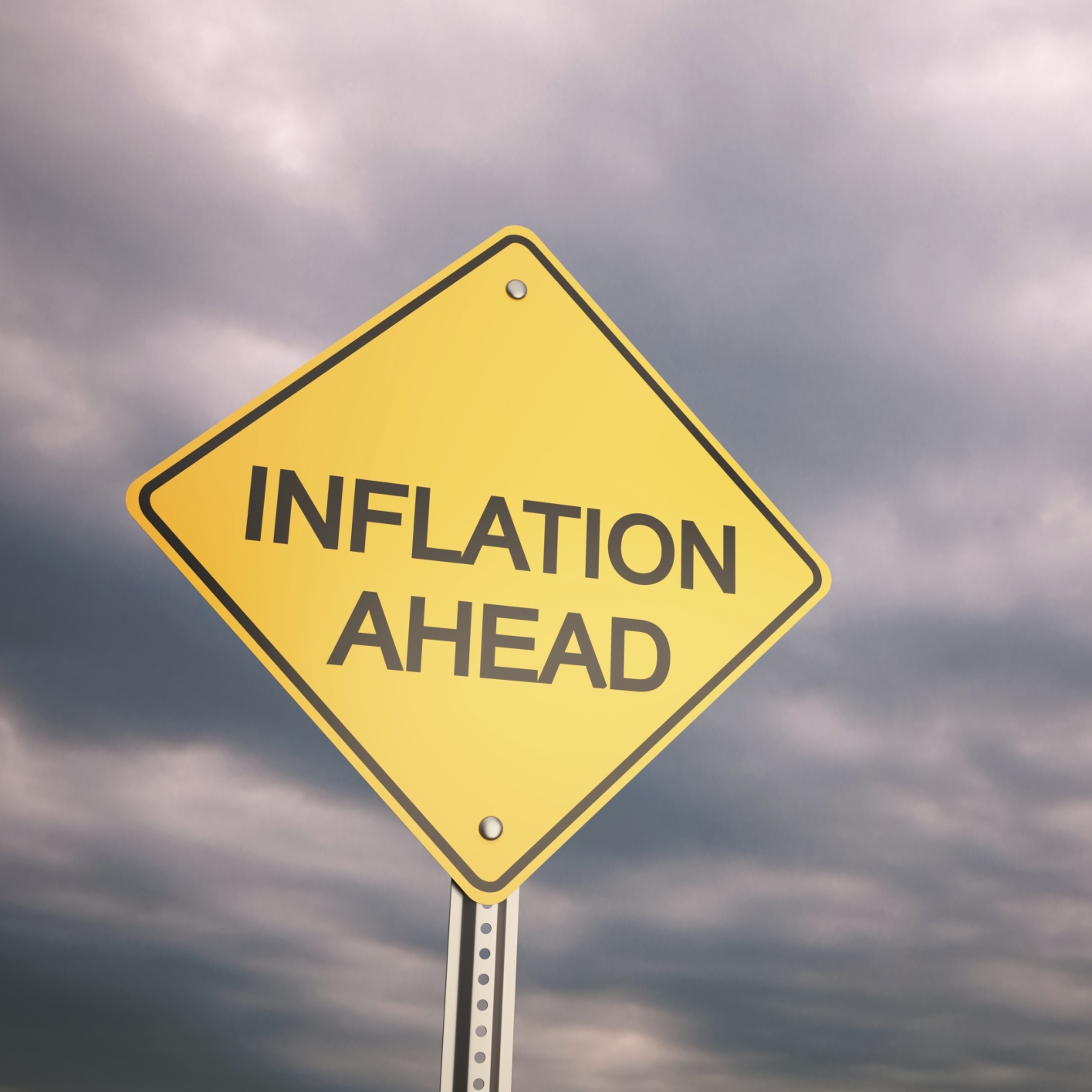
Wednesday brought several key economic reports to the financial markets. One of them was the Bureau of Labor Statistics report on the Producer Price Index (PPI) for January, a measure of wholesale inflation based on final demand.
As a reminder, the Federal Reserve and its regional presidents are looking for inflation anywhere they can find it. This report is not one that bleeds of inflation, but if you sniff and sniff you can smell more hints of it. Just don’t be looking for any of the 2.0% to 2.5% inflationary pressure that the Federal Reserve is hoping for.
Headline PPI rose by 0.1% in January, better than the -0.2% expected from Bloomberg and the -0.2% reported in December. On a year-over-year basis, that report was -0.2%, better than the -1.0% reported in December.
Where you start to see some inflation is in the core PPI. This excludes food and energy, and it is safe to assume that we all know what has happened to energy (gasoline) and commodity prices (including some food) in the past year or more. Core PPI was up 0.4% on the monthly change and was up by 0.6% on the year-over-year measure.
Where things start to get interesting is on another core inflationary reading that goes one step further and excludes food, energy and trade services. This figure was up 0.2% in January’s month-over-month reading, but it was up by 0.8% on the year-over-year basis.
Service prices rose by 0.5% in January’s monthly reading and were up by 0.9% year over year. Hint, hint: the U.S. economy is services based, and this translates to likely higher wages, as we have seen in other economic reports.
The markets were still up, but off earlier premarket highs, on Wednesday morning. Can the three major stock market indexes manage to squeeze out a three-day gain?
It’s Your Money, Your Future—Own It (sponsor)
Are you ahead, or behind on retirement? For families with more than $500,000 saved for retirement, finding a financial advisor who puts your interest first can be the difference, and today it’s easier than ever. SmartAsset’s free tool matches you with up to three fiduciary financial advisors who serve your area in minutes. Each advisor has been carefully vetted and must act in your best interests. Start your search now.
If you’ve saved and built a substantial nest egg for you and your family, don’t delay; get started right here and help your retirement dreams become a retirement reality.
Thank you for reading! Have some feedback for us?
Contact the 24/7 Wall St. editorial team.


